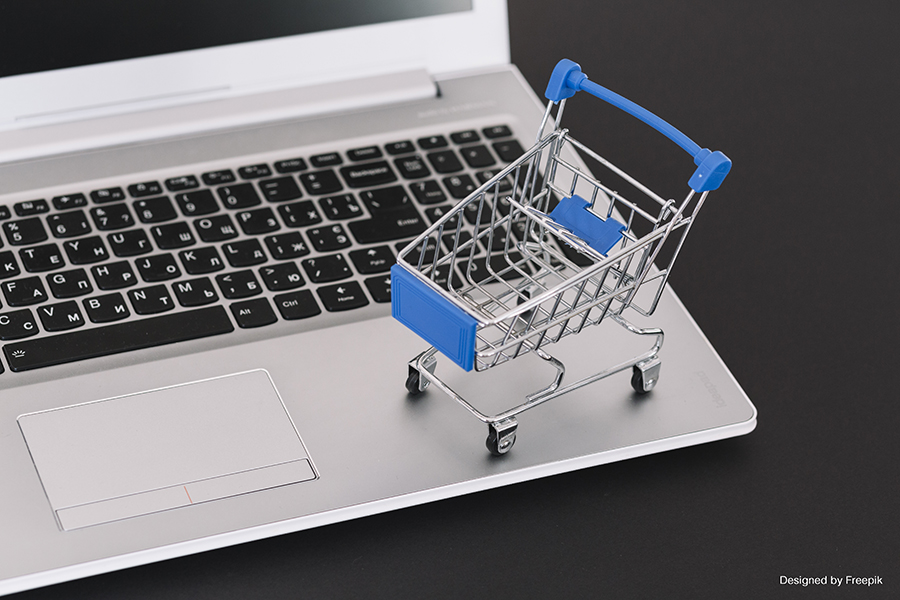
E-commerce photo
A new study from Juniper Research has found the total value of digital commerce transactions globally will exceed $20 trillion by 2027, from $12.3 trillion in 2022. It predicts growth will be driven by increasing acceptance of digital payment methods and technologies that enable digital payments during the checkout procedure, such as NFC (Near-field Communication) payments.
This spend encompasses online money transfer, digital and physical goods purchases, digital ticketing purchases, banking and bill payments.
NFC Payments Lead
The research anticipates that mobile NFC payments will experience the strongest growth in the digital commerce market, with 176% growth in transaction value forecast between 2022 and 2027 globally. It predicts increasing consumer desire for frictionless payment methods will drive NFC transactions by eliminating the need for consumers to carry a payment card in addition to their mobile device.
The report urges NFC payment vendors to implement solutions that eliminate any unnecessary steps in the payment process. The report recommends supporting devices that enable biometric identification for payment authentication to reduce the risk of payment fraud in the payment process.
Digital Commerce Growth Catalysed by eCommerce Adoption
Additionally, the research predicts online shopping will drive digital commerce growth, with the value of eCommerce transactions expected to grow by 82% globally between 2022 and 2027. Remote purchases of physical goods will experience the strongest growth: 106% in the value of transactions globally during the 5-year period. Improvements in supply chain and order fulfilment operations and faster delivery times for physical goods are anticipated to drive this growth.
Moreover, during the height of the COVID-19 pandemic, consumers’ shopping transactions were forcibly migrated to eCommerce channels. Vendors operating in the eCommerce market must integrate alternative payment methods, such as BNPL (Buy Now, Pay Later), into their solutions to sustain this rapid growth and compete with bricks-and-mortar stores.